
4 minute read
What Lies Beneath
The river leaves a continuum of discoveries as it meanders along the shoreline that borders our western Kentucky town. Joe Cunningham’s lifelong affection for what the waterway lays waste has resulted in a home gallery dedicated to the beauty that abounds if you only look beneath the surface.
JOE CUNNINGHAM WAS 14 YEARS OLD when he began musseling on the Ohio River. At 92, the self-proclaimed river rat has always found a way to connect work with the water. In the 1940s from summer into early fall, Joe and his father would embark on river journeys to collect mussels. The mussels were made into pearl buttons at the local button factories in Paducah and Metropolis. The musseling skiff they used was hand-crafted by Joe’s father at a size of about 10 by 14 feet. From that hung about 100 hooks on either side of the boat, and as the vessel moved along the river, the brail swept along the river bottom and the mussels clamped onto the hooks. When the boat was heavy with mussels, Joe and his father would bring it ashore, steam the mussels in a large vat, and take out its meats. The meats were fed to their hogs or given to a fisherman who used them as bait. The mussels were then sorted by different types. “I never found a pearl inside one,” Joe says. “I found half a pearl once; round with a flat bottom. These were called slugs, but I never found a perfect pearl.”
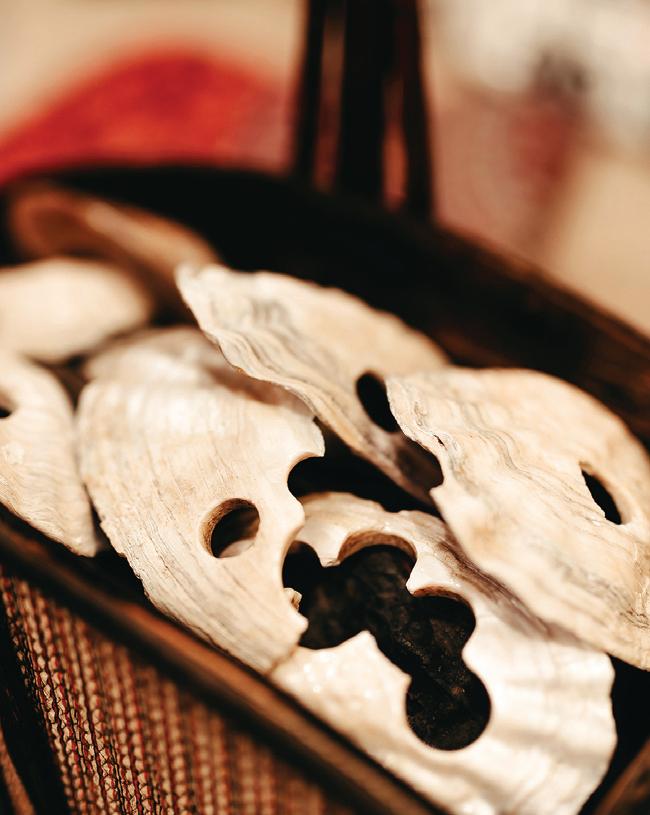
by A MANDA H UTCHISON
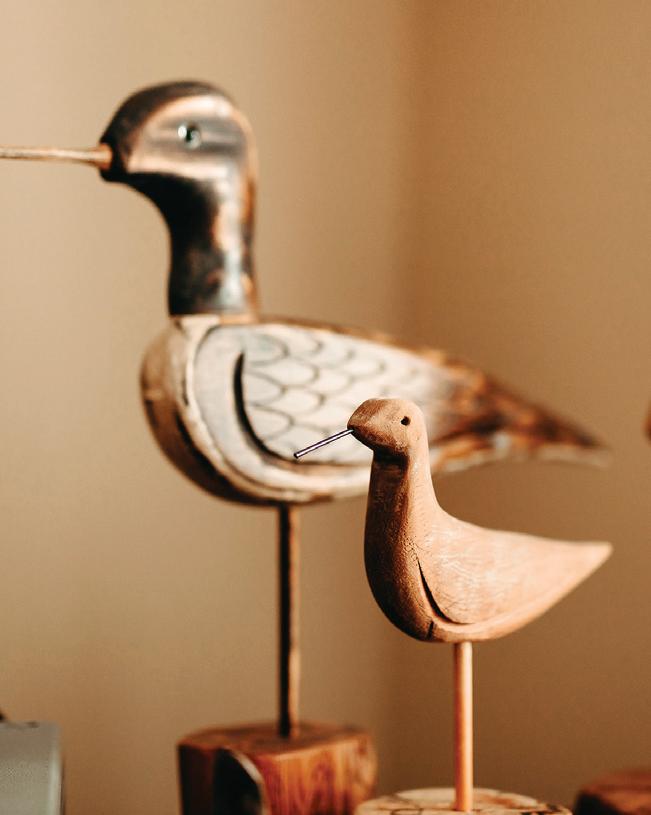
Captain Louis Igert’s towboat would arrive every two weeks to pick up shells from the different mussel camps along the river. Joe remembers Mrs. Igert weighing the shells as is depicted in one of the Paducah Floodwall Murals downtown. The musselers were paid for their work based on types of mussel shells and their weight. Captain Igert sold them to the button factories. Joe remembers there was camaraderie amongst the musselers. The boats were often close enough that the fishermen could talk to each other, exchange stories, and help one another if needed. When everyone received
Freshwater mussels, known as mollusks, are still found in the rivers today. There are 103 species of mussels native to Kentucky; however 20 have completely disappeared from the state and 36 are considered rare or endangered. Mussels are vital to the health of our rivers. They improve water quality by filtering contaminants, sediments and nutrients from the waterways. They are also useful in alerting us to early water quality issues.
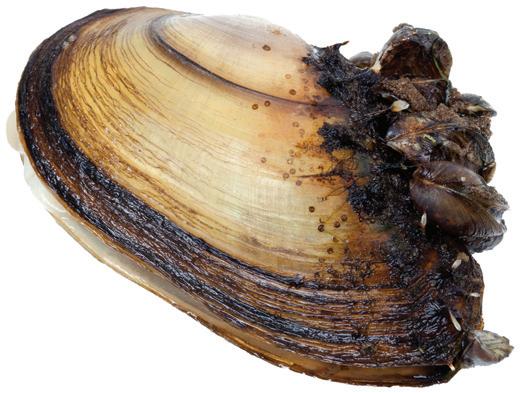
Meaningful Mussels
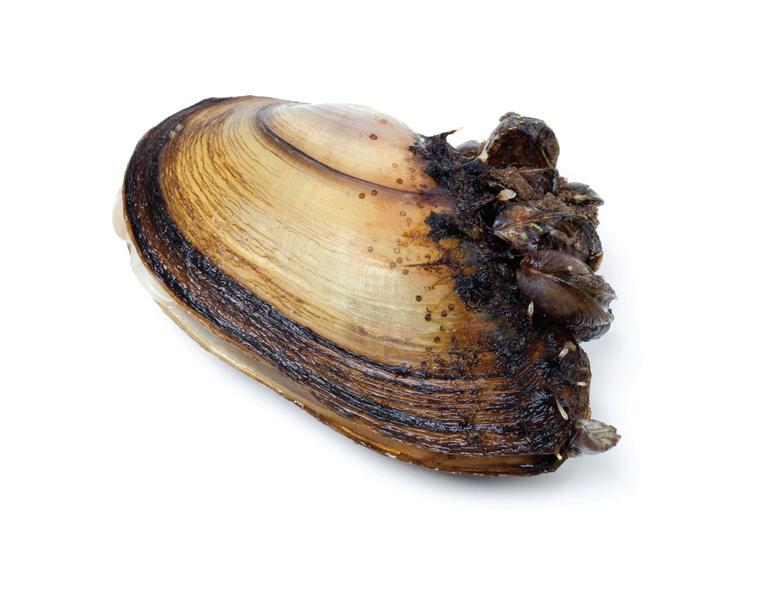
their money, they would often celebrate together. “We made good money musseling in the ‘40s,” Joe shares.
But the mussel harvest was dangerous work. The workmen had to be careful that the hooks of the brail were always pointed outward. If a hook latched on to your clothing, you could be pulled under water with the brail. There were also times that the brail would attach itself to other objects on the river bed such as metal, trash, and sunken logs. If you couldn’t break free from the entanglement, the boat might be pulled under. As a last resort, the musselers would cut the brail rope and leave a marker in the river to warn others of the dangerous spot.
During this era, there were also Landing Ship Tanks (LSTs) moving their way down river posing a threat of their own. These specialized water-crafts used during World War II were built in Evansville and Pittsburgh and then transported down the river. The ships created such large waves, Joe recalls, that they could easily sink a mussel boat. “If you saw them coming, you had better head back,” Joe recounts. “They came down the river three at a time.”
In 1952, Joe joined the Navy. “Because I was a river rat, I wanted to ride the waves,” Joe recounts. After bootcamp, he received his first orders to China Lake, which turned out to be in the Mojave Desert. “I joined the Navy to take to the sea,” Joe shares. “Then I was sent to the desert. I didn’t see any water for a year.” After his year in the desert, Joe was stationed in Korea for three years. He was shocked to find that his 32-day journey to Korea would occur on an LST, the very boat he had often feared on the river.
After returning from his service in the Navy, Joe’s love of the river continued on its natural course. He began looking at the parts and parcels of the river’s productive path as it flowed by his hometown and started collecting driftwood and carving it into a variety of creatures. The river’s leavings became the ultimate beginnings of Joe Cunnningham’s creative craftsmanship. His sculptures were most often inspired by the very shape of the wood he found, but with the occasional “intervention” such as the one titled Big Nose. “I made a little slit with my carving knife,” Joe shares. “Then I added a little black and white eye and named it Big Nose.” Others are much more intricate, such as the wood spirit that has a land-locked home in their backyard.
Alongside wood carving, furniture building, and creating an abundance of art, Joe worked full-time in Metropolis at Electric Energy Incorporated for over 30 years. His wife, Nancy, who died in 2001, would often take woodworking orders for him from clients while she worked at People’s Bank in Paducah.
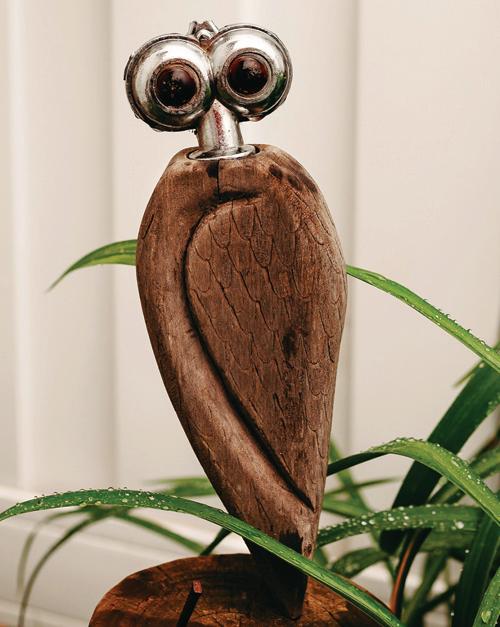
Joe and his current partner, Maggie Hamper, have been together for over 20 years. And Maggie has joined him on many of his driftwood searches. “We never dreamed when we met that we we’d ever have 20 years together,” Maggie shares. “We were already senior citizens at the time.”
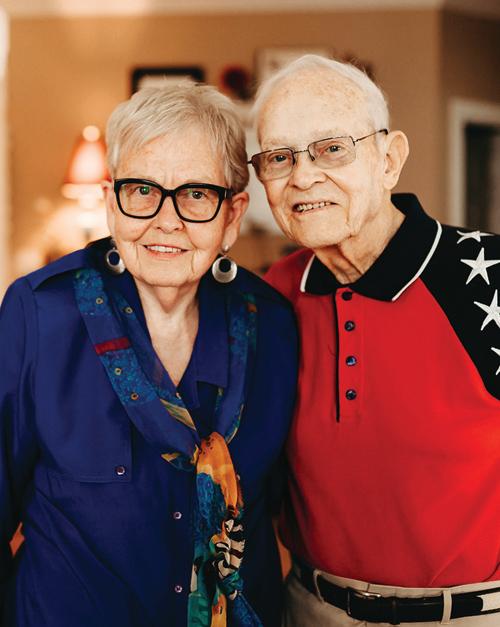
“I wouldn’t be here today if it was wasn’t for her,” Joe comments. “We are very compatible. We both like to do lots of things together. We play ping pong together and we dance. We tried pickleball the other day,” Joe reflects.“I had prostate cancer and she took care of me. She had breast cancer and I took care of her.”
At 92, Joe has slowed down on his wood carving and drifting, but finds other ways to stay creative. During
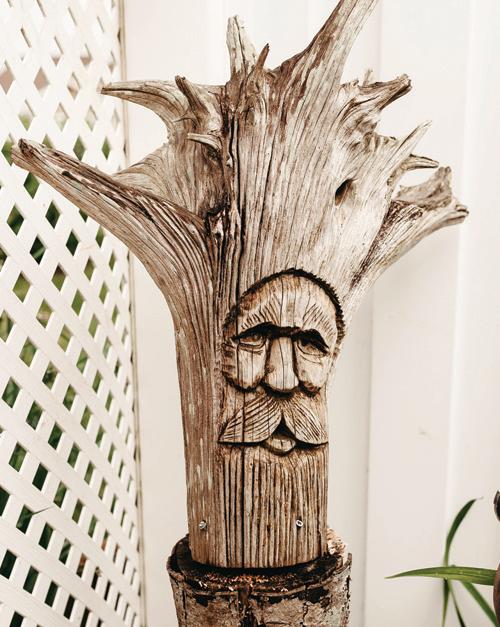
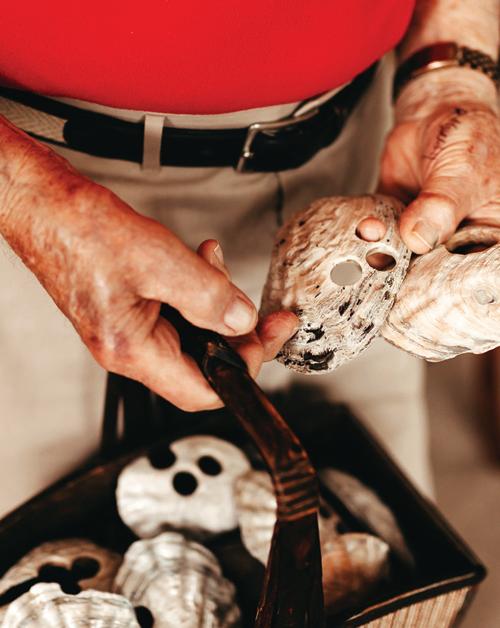
COVID, he started making jewelry out of silverware. “I have been carving for about 40 years and the doctors told me I needed to stay away from the dust,” Joe explains. “So I started bending spoons.” No good craft goes undiscovered when Joe has his eye on something unutilized to its full artistic potential.
The river leaves a continuum of discoveries as it meanders along the shoreline that borders our western Kentucky town. Joe Cunningham’s lifelong affection for what the waterway lays waste has resulted in a home/gallery dedicated to the beauty that abounds if you only look beneath the surface.










